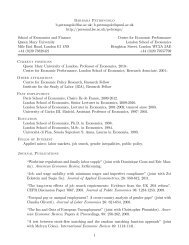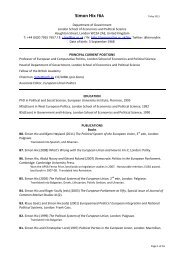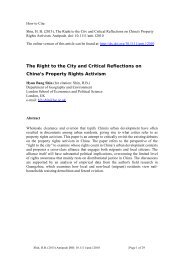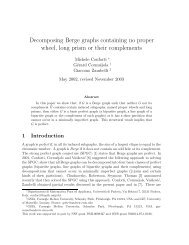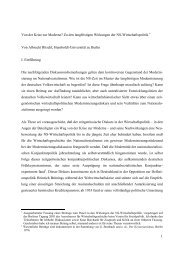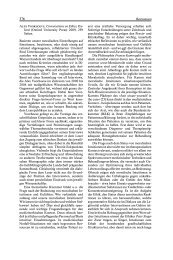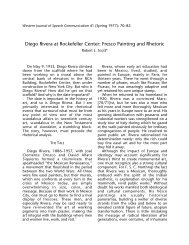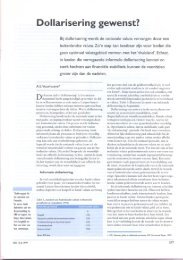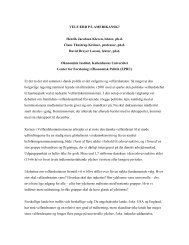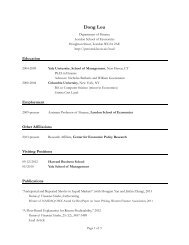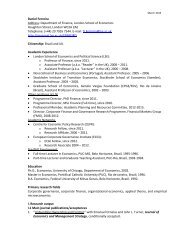Reference: MA, Debin. “The Great Silk Exchange: How the World ...
Reference: MA, Debin. “The Great Silk Exchange: How the World ...
Reference: MA, Debin. “The Great Silk Exchange: How the World ...
You also want an ePaper? Increase the reach of your titles
YUMPU automatically turns print PDFs into web optimized ePapers that Google loves.
quality silks, <strong>the</strong> widespread diffusion of sericulture from Central Asia to <strong>the</strong> Mediterranean<br />
began to change people’s attitudes towards this exquisite material. The accessibility of <strong>the</strong><br />
silk materials and increased local production seriously weakened <strong>the</strong> royal monopolies in<br />
Byzantium and China. <strong>Silk</strong> textiles were gradually transferred into a common commodity,<br />
sometimes expensive and sometimes more reasonably priced (Liu 1996: 194).<br />
This progressive “democratization” of silk accelerated over time. In <strong>the</strong> high age of<br />
<strong>the</strong> seventeenth century Pacific silver-for-silks trade between China and New Spain,<br />
Chinese silks could be found on <strong>the</strong> backs of even ordinary persons and on <strong>the</strong> altars of<br />
churches all over Spanish America (Li, L. 1981: 65). <strong>How</strong>ever, it was <strong>the</strong> twentieth-century<br />
U.S. silk-manufacturing industry that gave <strong>the</strong> most radical expression of silk<br />
“democratization.” Large scale and mechanized factories in <strong>the</strong> U.S. used raw silk imported<br />
from thousands of miles away; <strong>the</strong>y mass produced silk goods of a standardized quality and<br />
pattern, specifically geared towards average consumers. By <strong>the</strong>n, silk, <strong>the</strong> queen of fabrics,<br />
<strong>the</strong> thread of gold, served all echelons of a society, including <strong>the</strong> working classes.<br />
Therefore, <strong>the</strong> full significance of silk as a commodity should be viewed in this<br />
context: silk was among <strong>the</strong> early products which broke <strong>the</strong> tyranny of distance, reduced <strong>the</strong><br />
barriers to human exchange, promoted <strong>the</strong> spread of ideas, and ultimately led to <strong>the</strong> division<br />
of labor and expansion of <strong>the</strong> market - <strong>the</strong> so-called Smithian growth.<br />
I would like to thank Peter Coclanis, William Darity, Miles Fletcher, Robert Gallman,<br />
Lenise Graber, Miguel Herce, Paul Rhode, and Ke Xu at <strong>the</strong> University of North Carolina,<br />
Chapel Hill for comments and suggestions. My thanks also to <strong>the</strong> participants of <strong>the</strong> Second<br />
32



